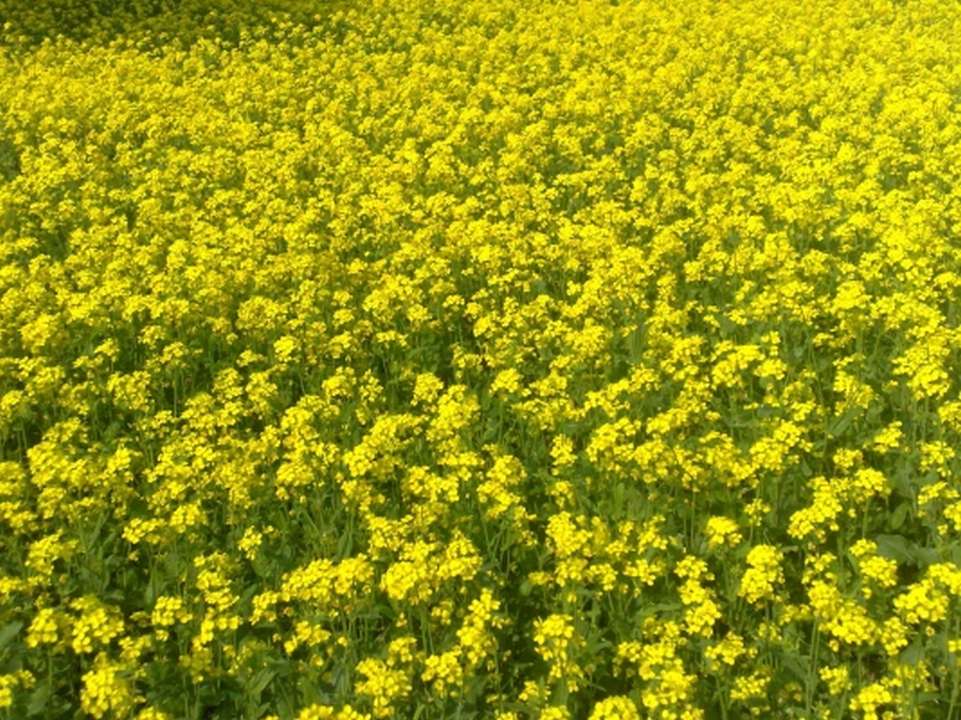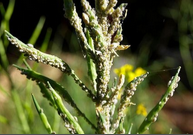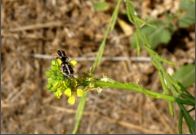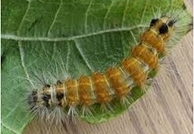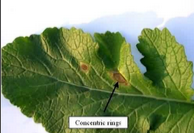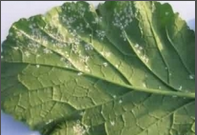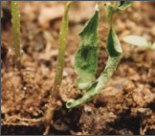Fertilizer Requirement (kg/acre)
| |
UREA |
SSP
|
MOP |
| Irrigated |
45 |
65 |
- |
| Rainfed |
35 |
50 |
- |
Nutrient Requirement (kg/acre)
| |
NITROGEN |
PHOSPHORUS |
POTASH |
| Irrigated |
20 |
10 |
- |
| Rainfed |
16 |
8 |
- |
Apply 8 to 10ton farm yard manure or well decomposed cow dung in soil, three to four weeks before sowing. For accurate fertilizer dose, soil testing is necessary.
Under irrigated condition, apply Nitrogen@20kg, Phosphorus@10kg/acre in form of Urea@45kg, Super phosphate@65kg/acre. Apply half of Nitrogen and full dose of Phosphorus at time of sowing and remaining half dose of Nitrogen, 30 to 35days after sowing.
Under rainfed conditions, apply Nitrogen@16kg (Urea@35kg), Phosphorus@8kg (SSP@50kg), per acre. Apply full dose of fertilizer at time of sowing and mixed well in soils.
Grain yield has been increased by 10-15% through spray with Thiourea@0.05%.

